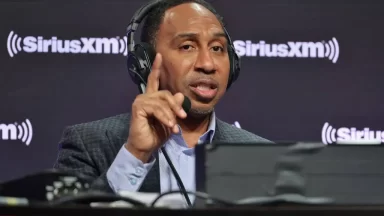
Conswuella Africa thought she’d laid her daughter, Katricia Dotson, to rest decades ago. The fourteen year-old had been killed in the tragic Philadelphia MOVE bombing and, until recently, it seemed her remains had been buried alongside the other victims.
That is, until reports began to circulate that her remains were actually being held at the University of Pennsylvania’s Museum of Archaeology and Anthropology.
Like many of this country’s worst atrocities, the MOVE bombing has been stripped from the national consciousness. But for its survivors, the horror is still all too real.
In 1985, Philadelphia police dropped explosives on a city block home belonging to members of an insular Black religious group known as MOVE. At least 11 people were killed under the rubble from the blast, including five Black children. Only one person went to prison over the bombing, the lone adult survivor Ramona Africa.
According to the New York Times, the fact that bones from at least one child killed in the MOVE bombing were being held at the Penn Museum was an open secret. But that didn’t stop people from being shocked by how they were being used.
“I couldn’t believe what I was seeing,” Abdul-Aliy Muhammad, a community organizer in West Philadelphia told the New York Times.
According to the New York Times, a 2019 video surfaced of a white museum curator showing burned fragments of Dotson’s body to the camera for a Princeton University course. She reportedly described the bones as “juicy.”
The Penn museum curator in the video, Janet Monge, has long denied that the bones belonged to Dotson, and is suing several parties (including the University of Pennsylvania and the New York Times) for implying her actions were “racially motivated.”
Penn, on the other hand, has acknowledged that the bones belonged to the bombing victim as a part of a formal apology, and arranged for the bones to be sent back to the family.
The gesture was a little too late for Africa, Dotson’s mother, who in no uncertain terms told Penn to “go to hell with that bullshit.”
The answer to how the bones ended-up at Penn is a little complicated. According to the New York Times, some of Dotson’s remains were returned to her family at the time for a funeral proceeding. However, most of her bones were inaccurately marked as unidentified before being handed off to Penn for “anthropological examination.”
The bones ultimately joined Penn’s large collection of unidentified Black and Brown bodies they’d had stored since before the American Revolution, according to the New York Times.
Source: A Black Girl Was Killed By Philadelphia Police. So Why Did An Ivy League School Have Her Bones?



Recent Comments